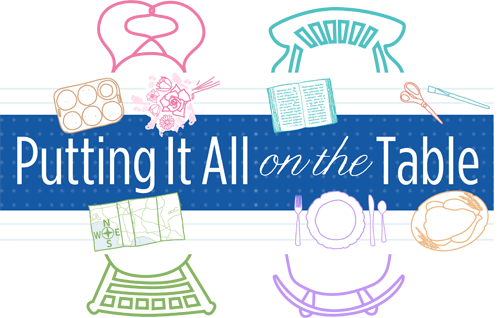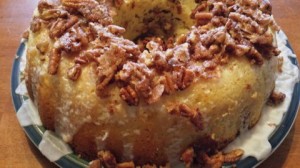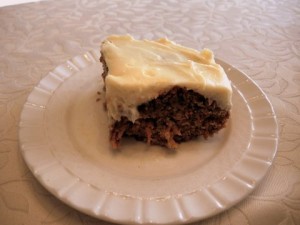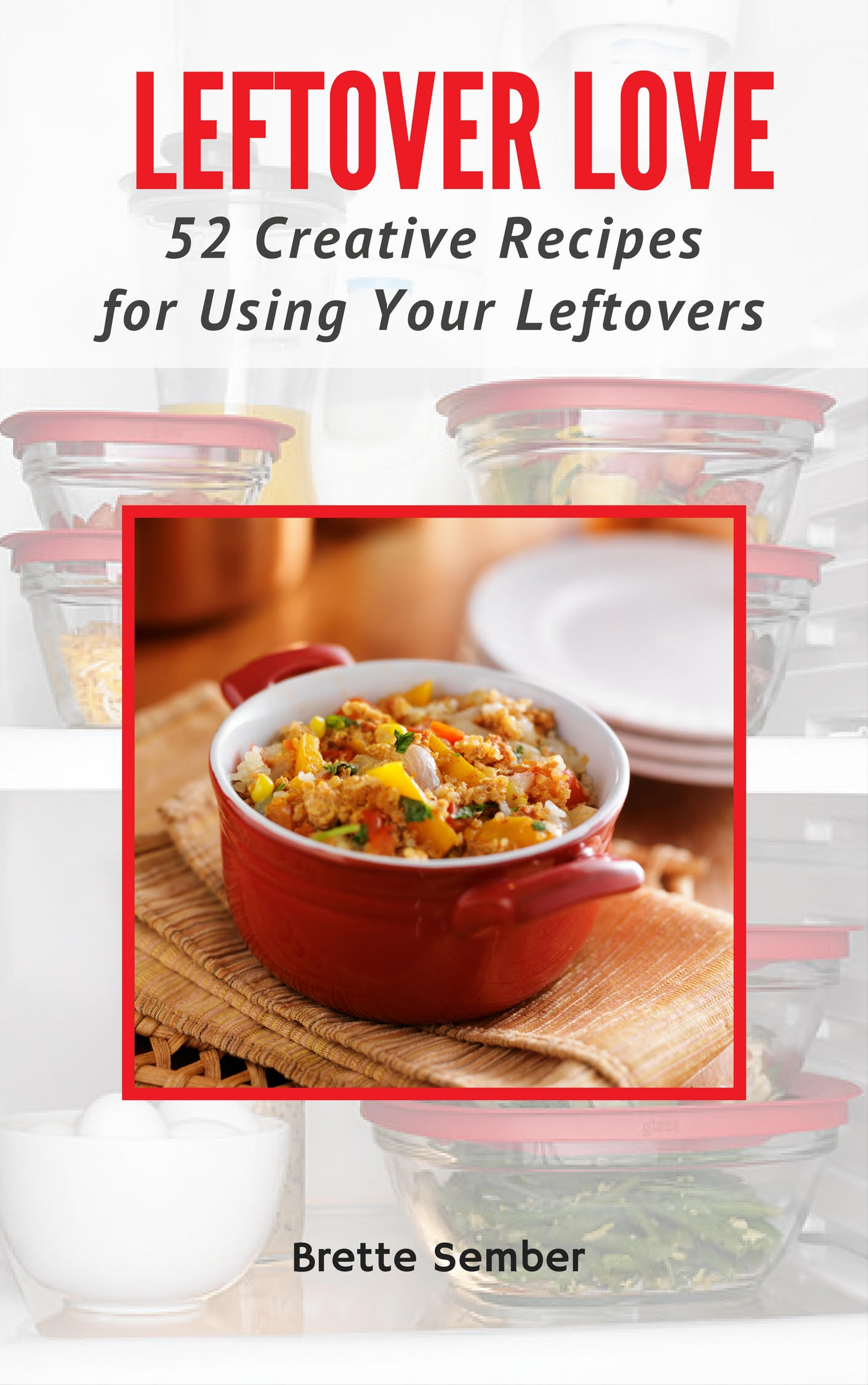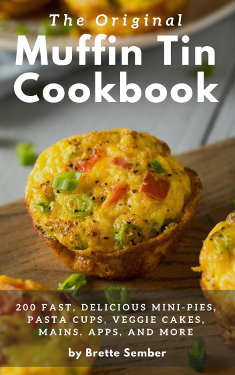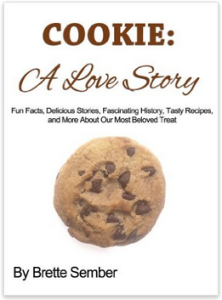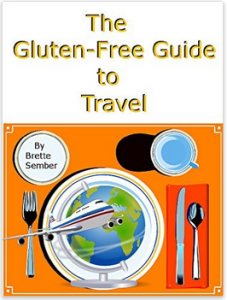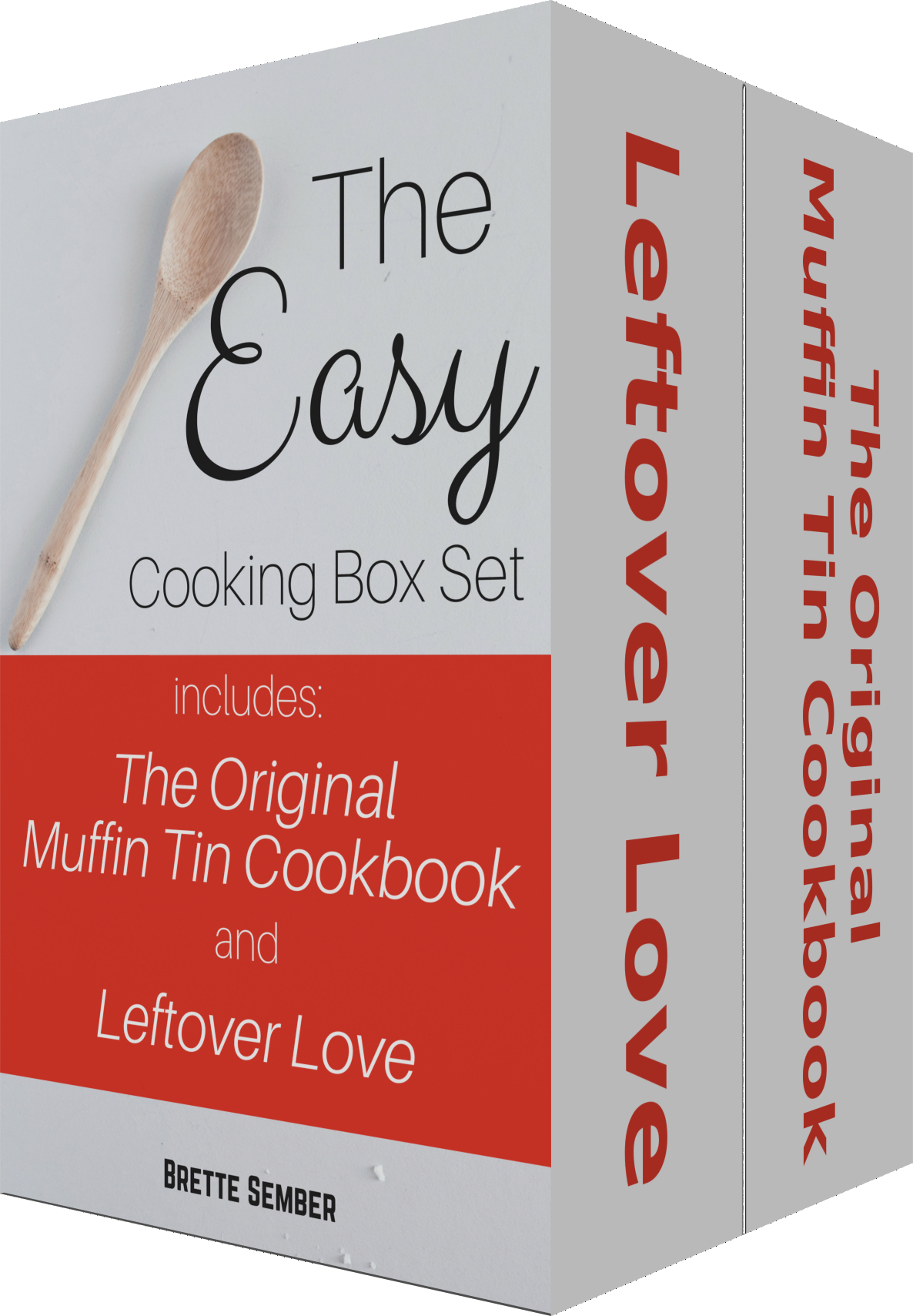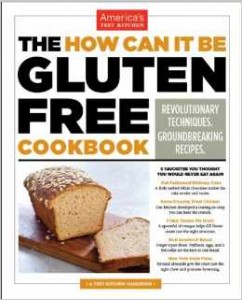 I’m a fan of America’s Test Kitchen. I subscribed to Cook’s Illustrated for several years and love that there is someone out there who takes a methodical approach to recipe testing. If you’re not familiar, they usually take one recipe and then try it dozens of ways to find the very best method and recipe. Their results are always trustworthy. When I heard they had a gluten free cookbook (The How Can it Be Gluten Free Cookbook) coming out, I was skeptical. I have to say I am generally not a fan of gluten free cookbooks. I buy GF flour, pasta, and bread and I made regular recipes with them. I don’t usually want to have to use 5 kinds of flour to make one recipe when I can buy Cup4Cup and substitute it in most recipes.
I’m a fan of America’s Test Kitchen. I subscribed to Cook’s Illustrated for several years and love that there is someone out there who takes a methodical approach to recipe testing. If you’re not familiar, they usually take one recipe and then try it dozens of ways to find the very best method and recipe. Their results are always trustworthy. When I heard they had a gluten free cookbook (The How Can it Be Gluten Free Cookbook) coming out, I was skeptical. I have to say I am generally not a fan of gluten free cookbooks. I buy GF flour, pasta, and bread and I made regular recipes with them. I don’t usually want to have to use 5 kinds of flour to make one recipe when I can buy Cup4Cup and substitute it in most recipes.
So, I was reluctant. But I bought it anyhow. And I sat down to read it and I wondered why I doubted them. They do a very in-depth comparison of existing GF flour blends and also test GF pasta and breads on the market. I found the flour testing the most useful and I agreed with their conclusions, however they did not test my go-to brand, Cup4Cup. I found the pasta and bread evaluations less useful. I can’t find some of the brands in my store that they used and I also rely heavily on my store’s in-house brand for pasta. They offer really good advice about cooking with GF products and storing GF baked goods (in short, they get stale fast). This is a book where the writers thought carefully about what they were making and spent a lot of time figuring out what works and what doesn’t. It is the BEST gluten free cookbook I’ve ever owned. It covers breakfast items, bread (I haven’t tried making any yeast bread but I am definitely going to now), cakes, pies, cookies, and more.
The real gold in this book is that they give you a recipe for their own flour blend. After testing many on the market they create one that they found to be better than everything out there (except Cup4Cup which they did not discuss, sadly). I’m not going to reprint their recipe for flour here (you’ll have to buy the book), but it was easy to make and I found all the items on the shelf in my store – white rice flour, brown rice flour, milk powder, tapioca starch and potato starch. I mixed it up and kept it in a large plastic container. A few minutes of mixing and I had a flour blend I could turn to for all of my baking.
So far I’ve made three recipes from the book so far: pancakes, coffee cake and carrot cake. I’m giving all three a big thumbs up. The recipes use their custom flour blend, BUT they tell you how much to substitute if you are using their top store bought flour blends. I love that part of the book. I made the recipes with their flour and was happy with the results, for the most part.
The pancakes turned out perfectly. Their method makes pancakes that are fluffy and cooked completely. They have some great tips about how important it is to preheat the pan and what size makes the optimum pancakes.
I was worried about the coffee cake because the batter didn’t taste great to me at all, but it turned out wonderfully – moist and fluffy. The only complaint I have about the coffee cake is that the glaze was too thin and ran off the cake.
The carrot cake was fantastic (moist with a depth of flavor), however the baking time was not long enough. I took my cake out of the oven and it was still jiggly in the center. I didn’t listen to my own instincts and let it cool, then it was obvious it was just mush in the middle. I put it back in the oven for 20 minutes, starting with a cold oven. Once it was baked completely, it was delicious.
I’ll definitely be baking more from this cookbook. If you’re GF, you want this on your kitchen bookshelf.
I’m a fan of America’s Test Kitchen. I subscribed to Cook’s Illustrated for several years and love that there is someone out there who takes a methodical approach to recipe testing. If you’re not familiar, they usually take one recipe and then try it dozens of ways to find the very best method and recipe. … Read more
